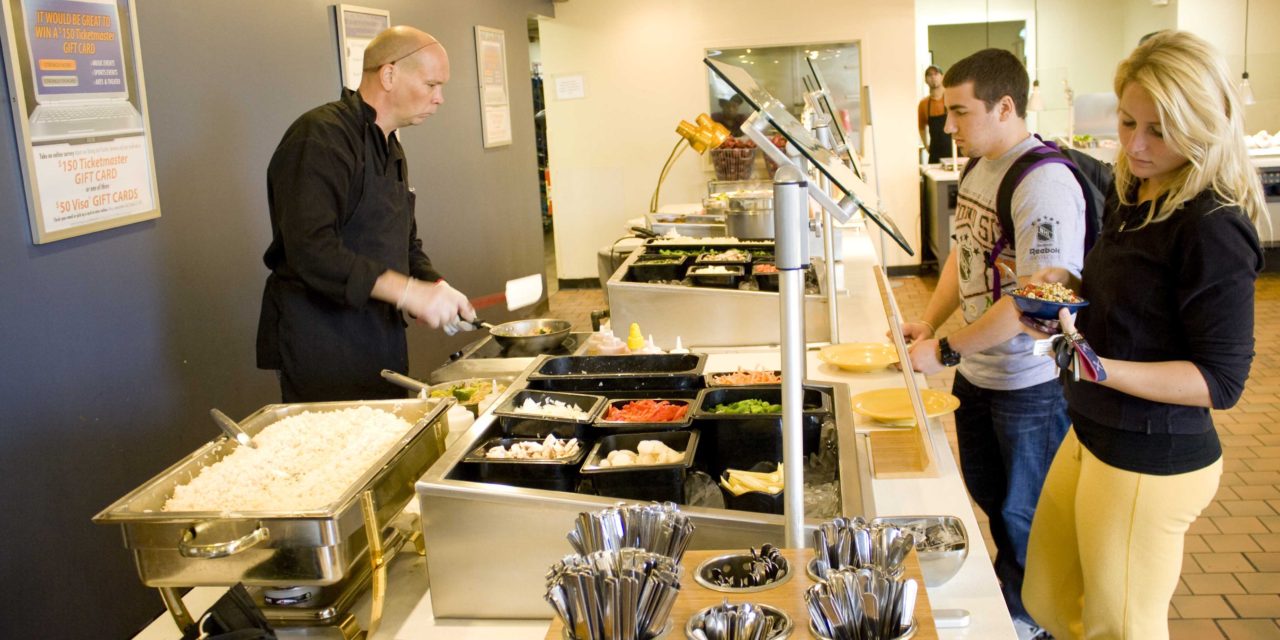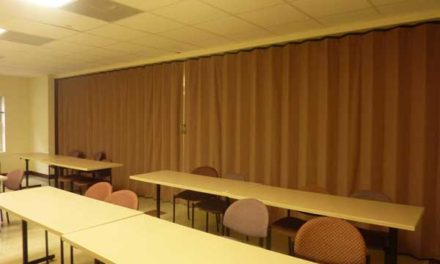By: Joncara Marshall (Whetstone Staff Writer)
Students at Wesley College are paying more this semester because of a 5 percent rise in food and meal plan prices.
The most common meal plan, The Ultimate, rose from $2,400 to $2,520.
Food has also gone up in the Den, Dulany Hall, the Wolverine Stop, and Java City, affecting 1,582 Wesley students who may eat on campus, with or without a meal plan.
“Any hot sandwiches or salads went from $2 to $4.†said Amanda Jester, a sophomore at Wesley College. She pays for her meal plan, The Fabulous 14, using financial aid, work-study, and money given to her by her grandmother.
There are 941 students on meal plans.
“I set the prices from what numbers I get from Aramark,†said Eric Nelson, vice president of finances at Wesley College. “I decide from there to see how much to charge students.â€
The rise in food cost nationwide was a factor to rising food prices on campus, said Nelson and John Gula, director of food services for Aramark.
Aramark is a worldwide service industry that contracts workers to services at places such as sports arenas, like the Baltimore Ravens’ Football Stadium, and colleges and universities. These services include catering, banking and maintenance.
“We [Aramark] compare our prices to Wawa, McDonald’s and other local convenient stores,†Gula said. “Location also affects price. Dover is comparatively cheaper than New York when it comes to the cost of living.†Gula said that price changes usually take effect the summer before the new school year.
Not all students notice the price changes.
“No I haven’t noticed a change in price, but I noticed that the quality of the food has gotten better.†said Travis Ragland, a junior and SGA senator at Wesley College. On the Social Lite meal plan, he mostly uses the bonus points, which are given with all meal plans. Students are able to spend them at the Den, the Wolverine Stop, and Java City, or pay for students’ guests at Dulany Hall. Bonus points were not increased.
Both Nelson and Gula hope that the variety of food and services offered to students will make up for raised prices. Jester has noticed more variety, but the change does not always make up for the prices.
“I think it makes up for it to a [certain] point. It comes with the territory of living on campus.â€
“On-the-go services will be returning.†Gula said.
On the go-service, Gula explained in an email, is for students to have the option to take out food from Dulany Hall. It was originally only provide during lunch for students on meal plans. Now it can be used for all three meals and is eligible to all students. Students are provided with a carry-out container once they have given their ID card. Their card is returned after students get the food they want. They are given 15 minutes to do so. Students bring back their old containers for new ones, but if they lose it, they can be given a new one after paying a $5 deposit. The first container is free for students on meal plans, but for students who are not, can pay a $5 deposit and receive a container.
Students who live in Malmberg or Zimmerman dorms pay less for meal plans.
“Those dorms give students the option to cook in their room.†Nelson said.
Students can also switch meal plans after their first year.




